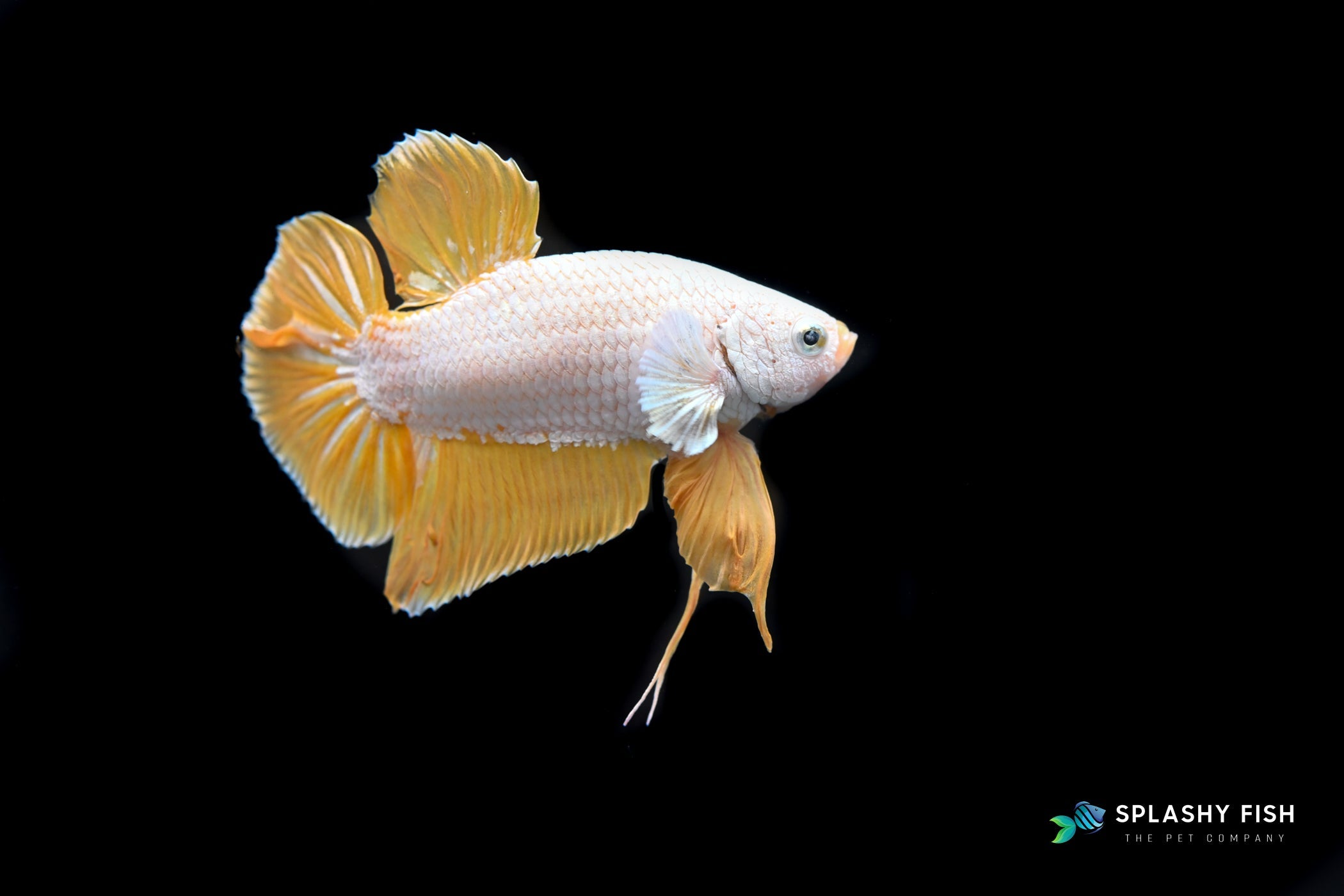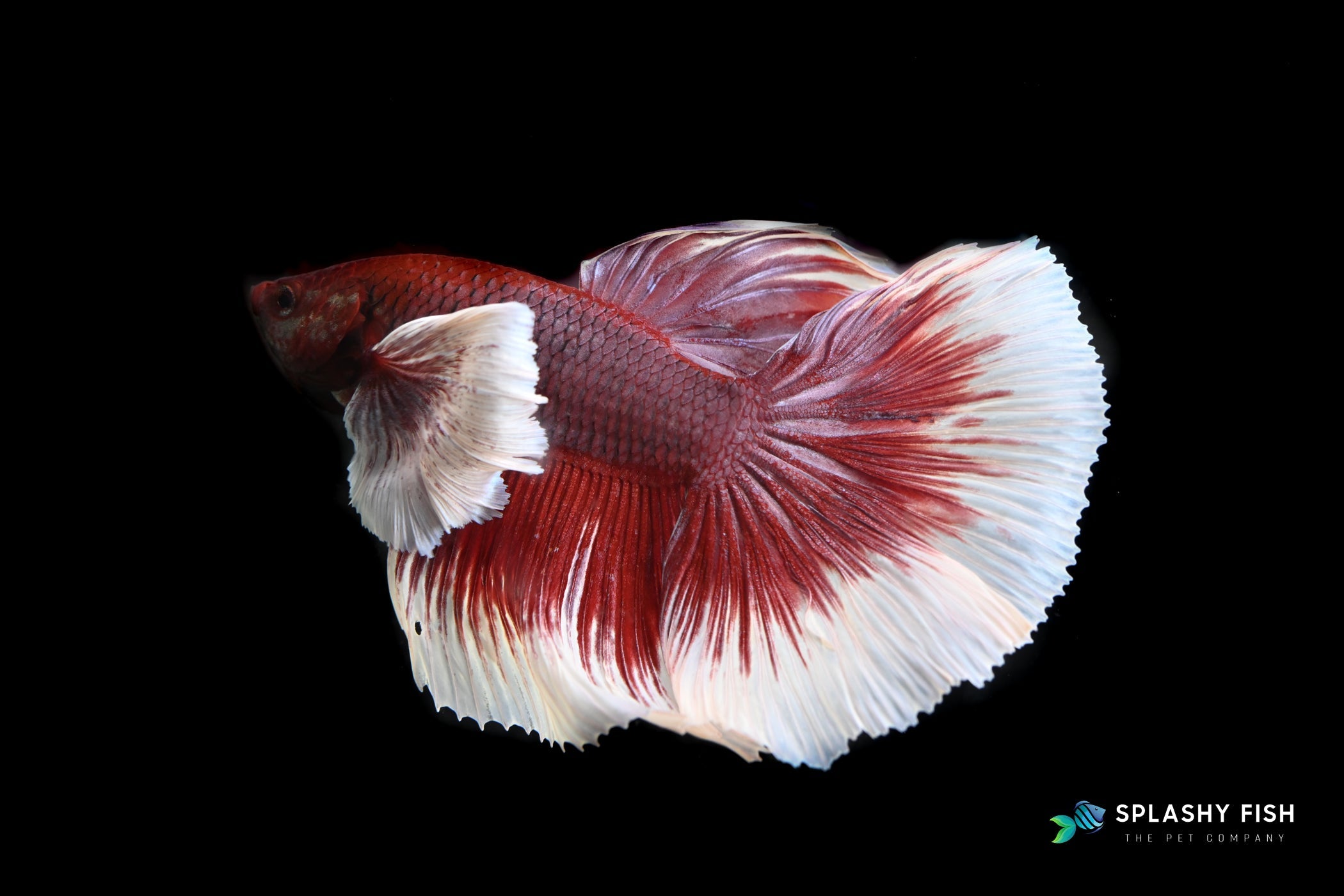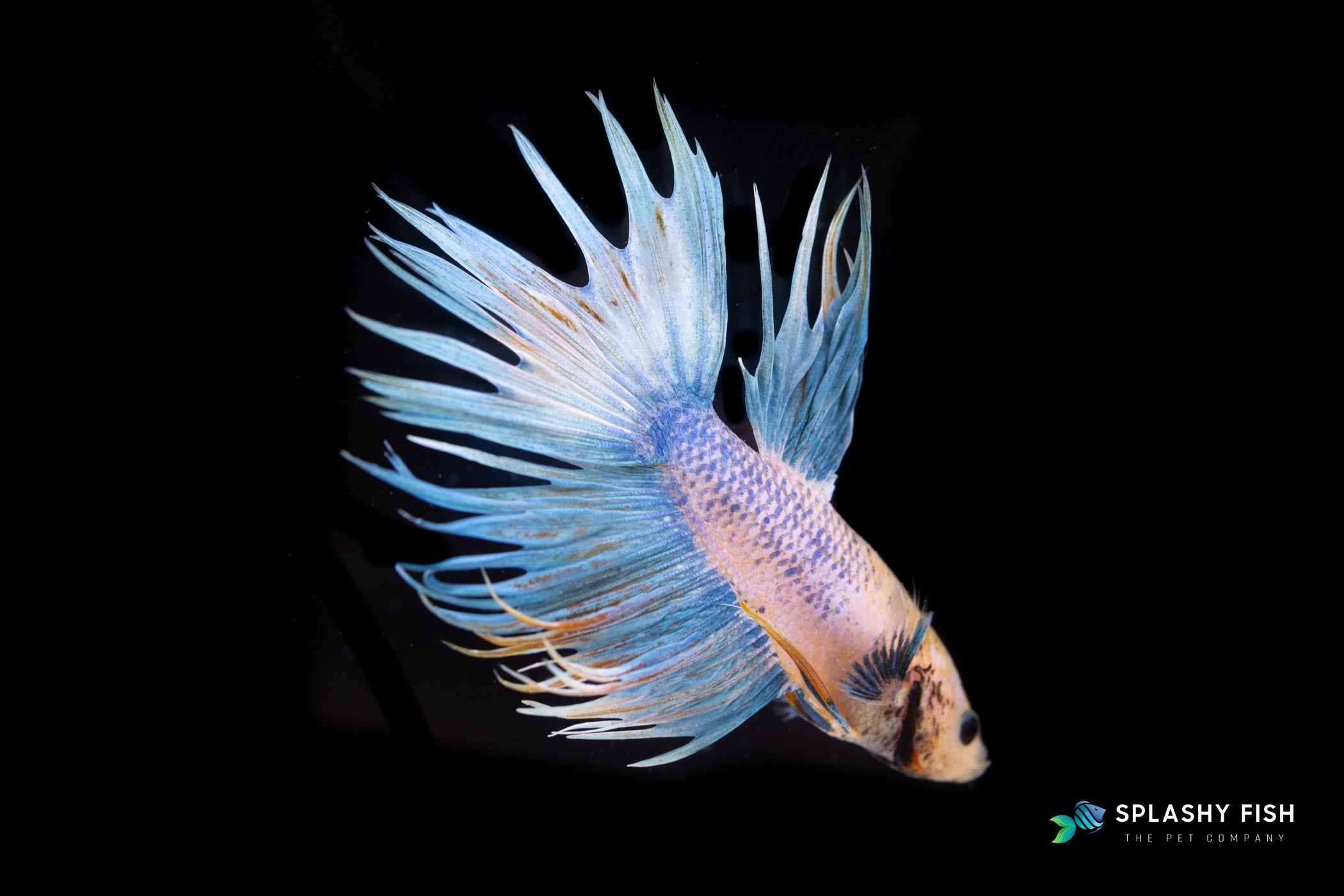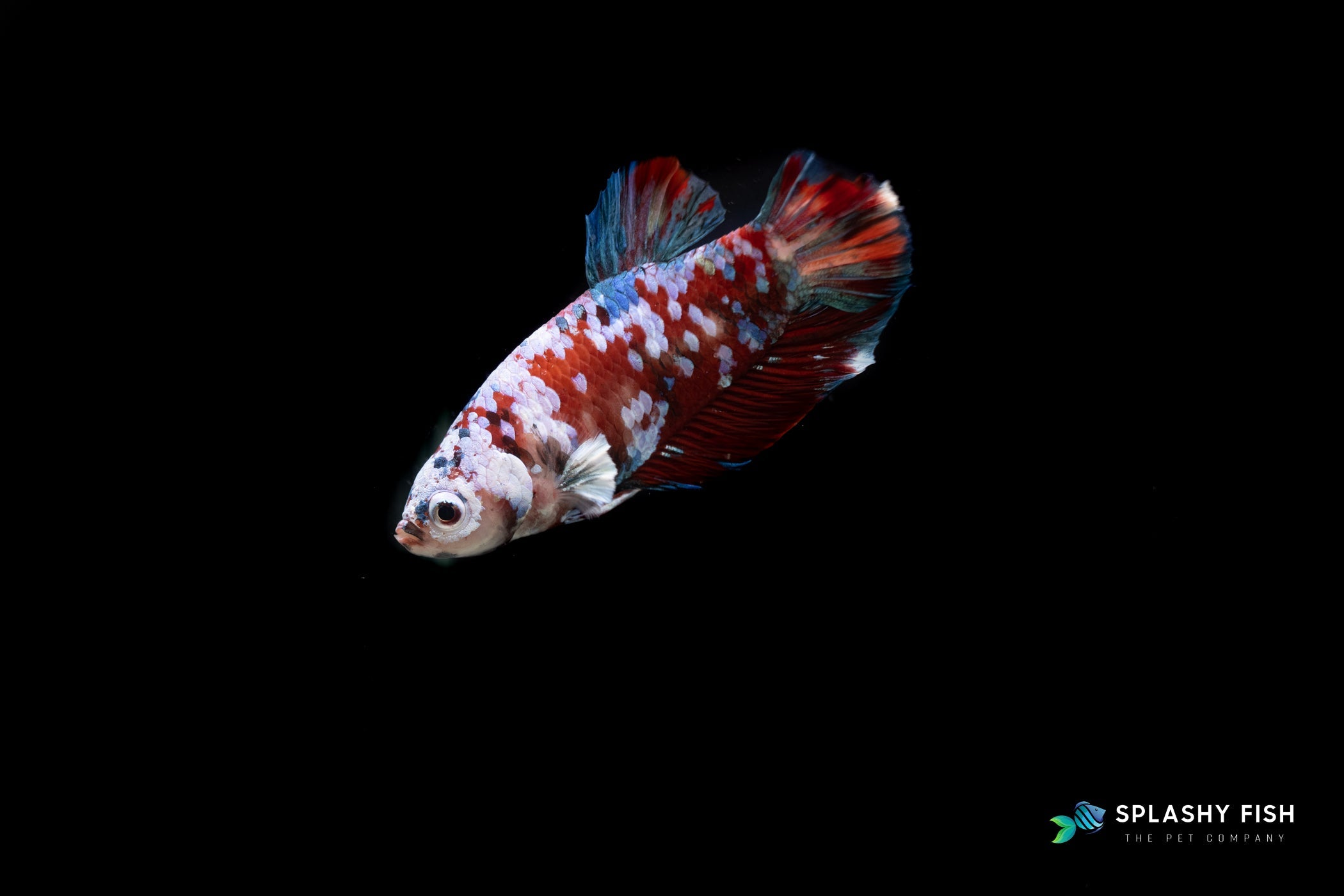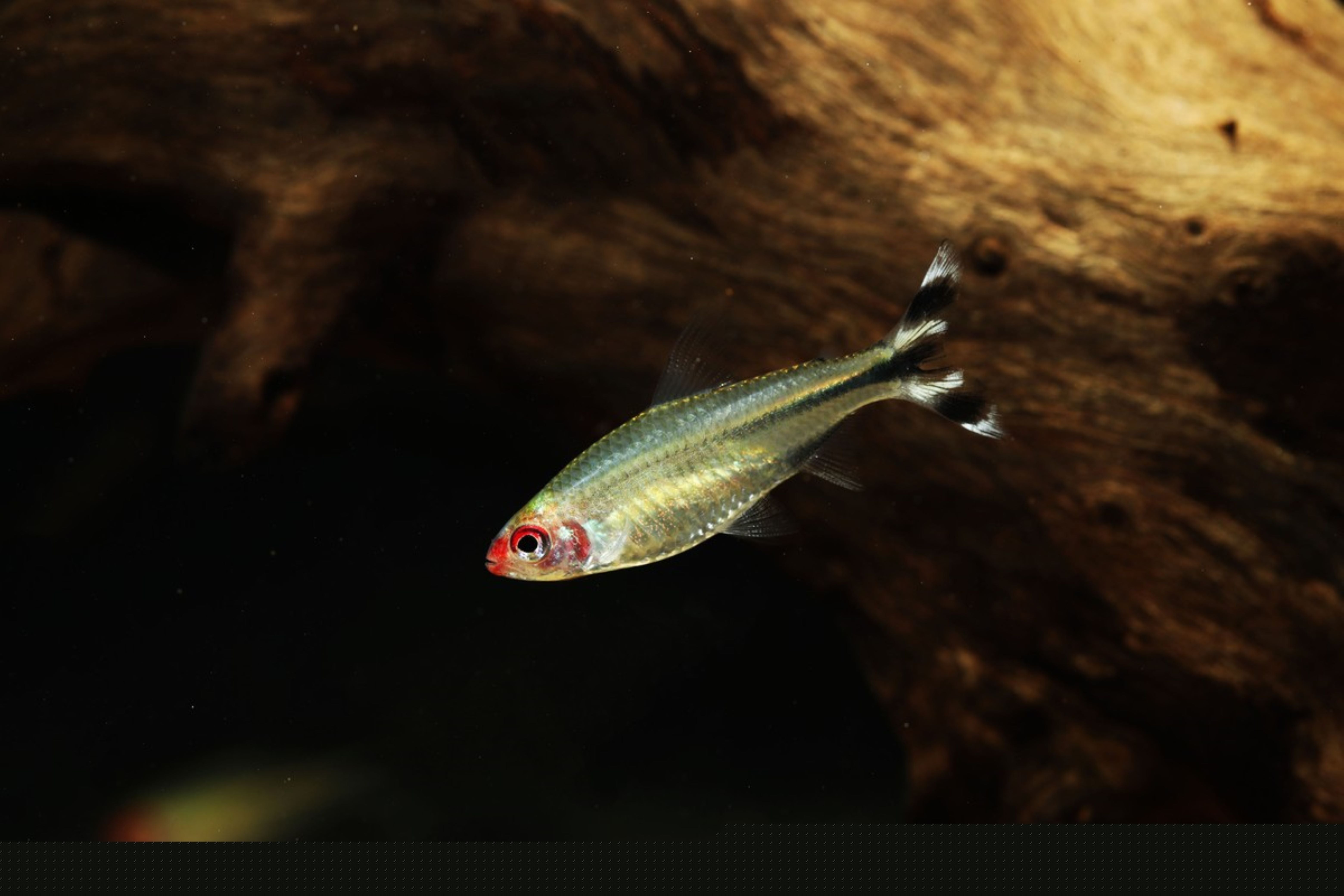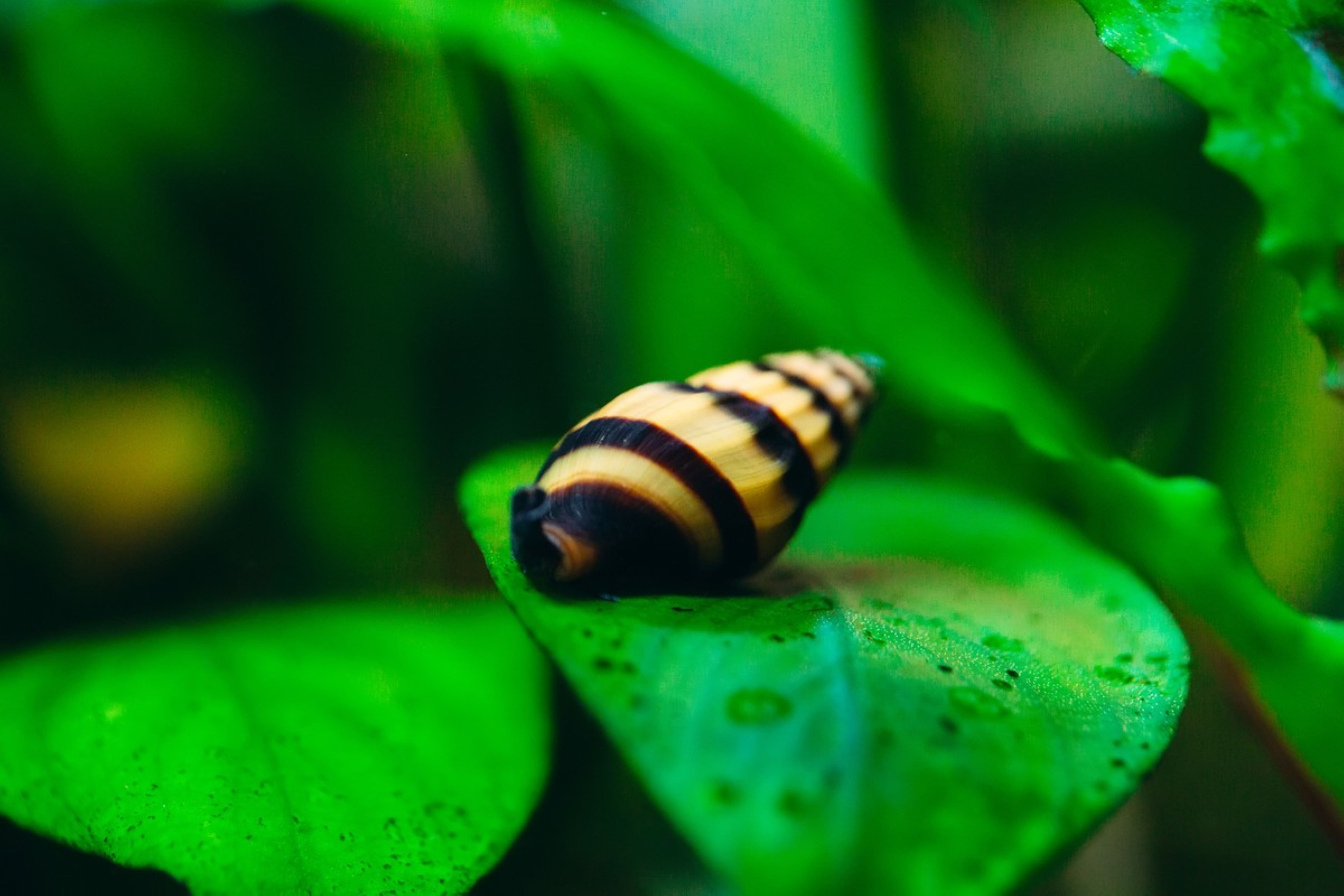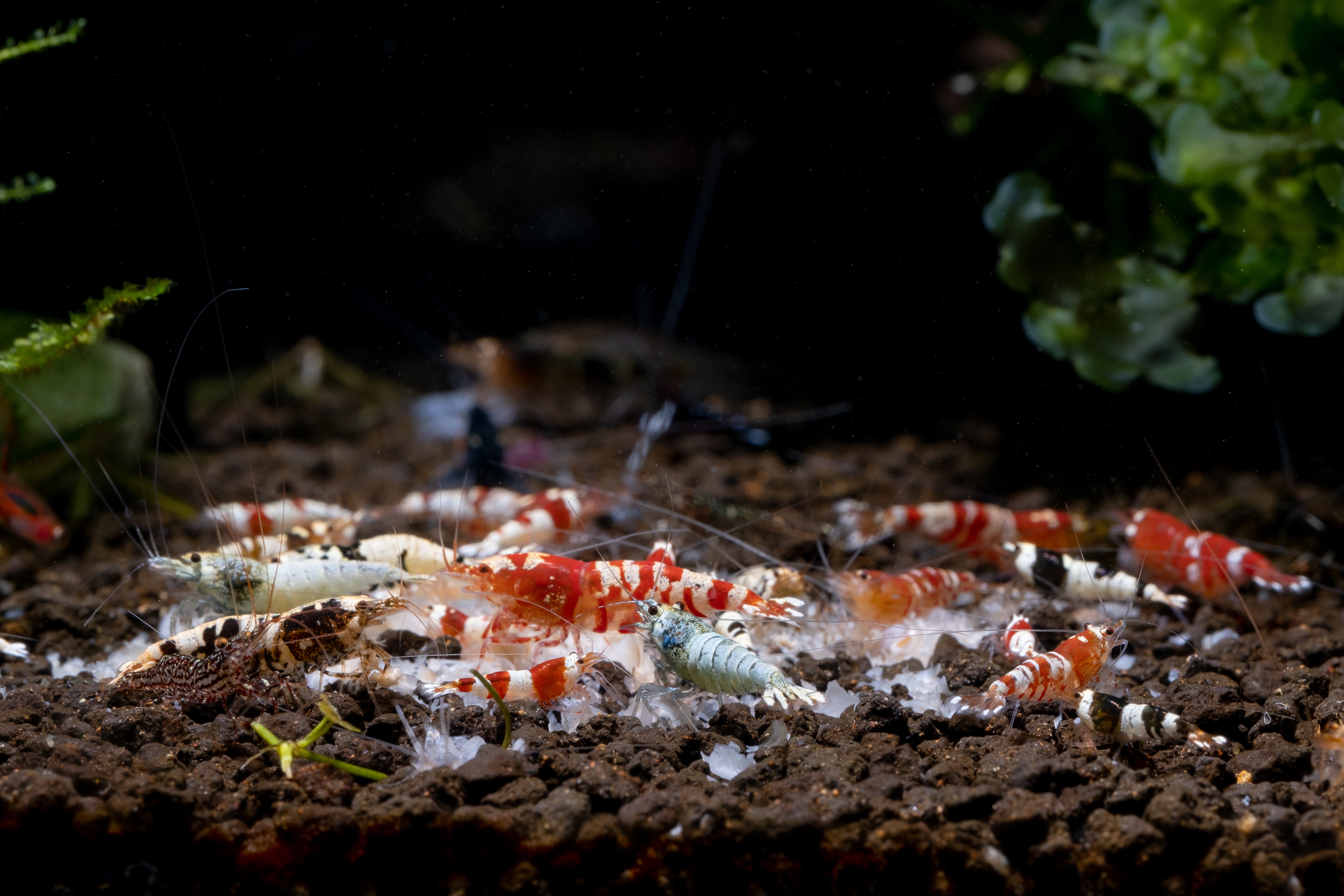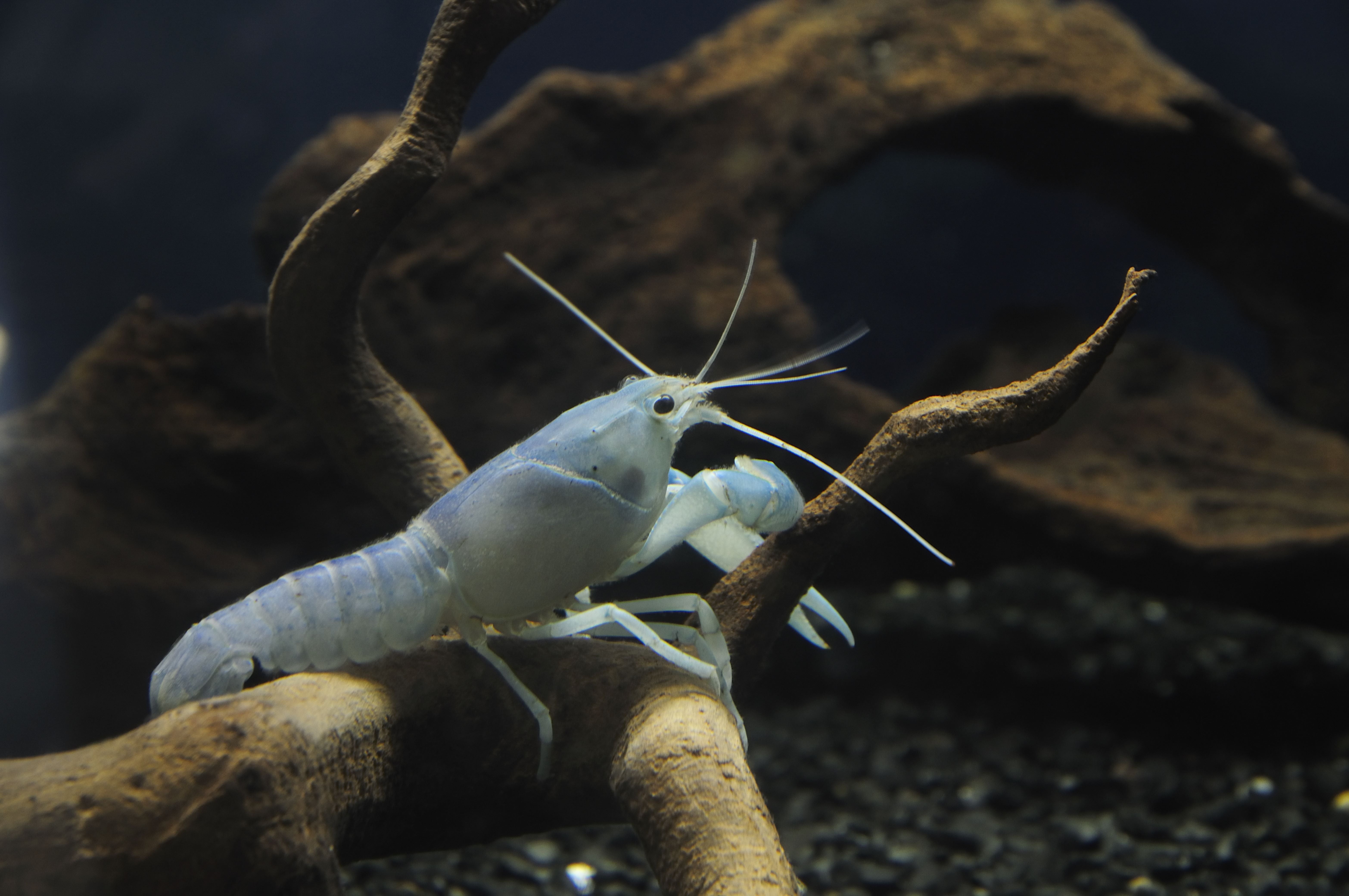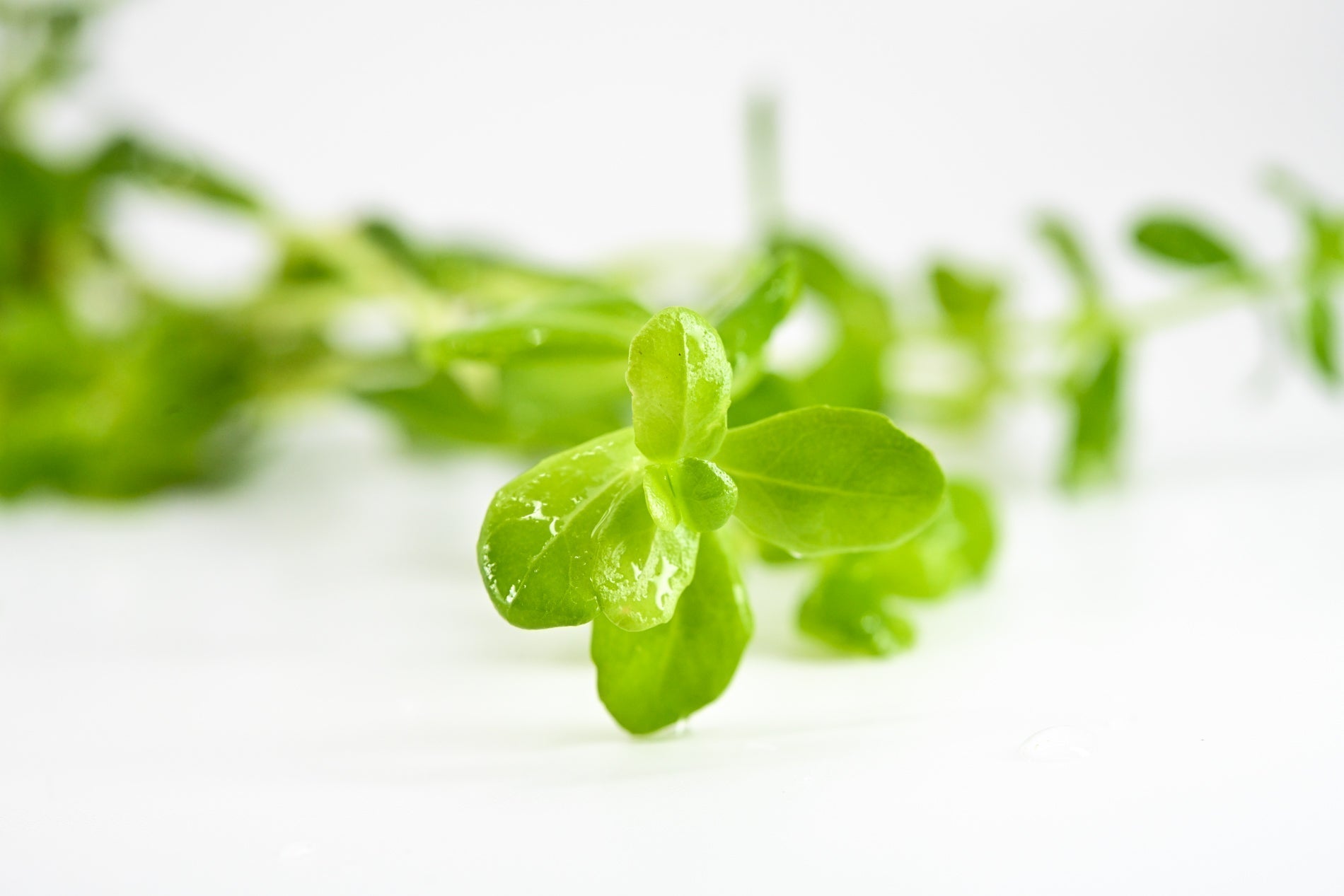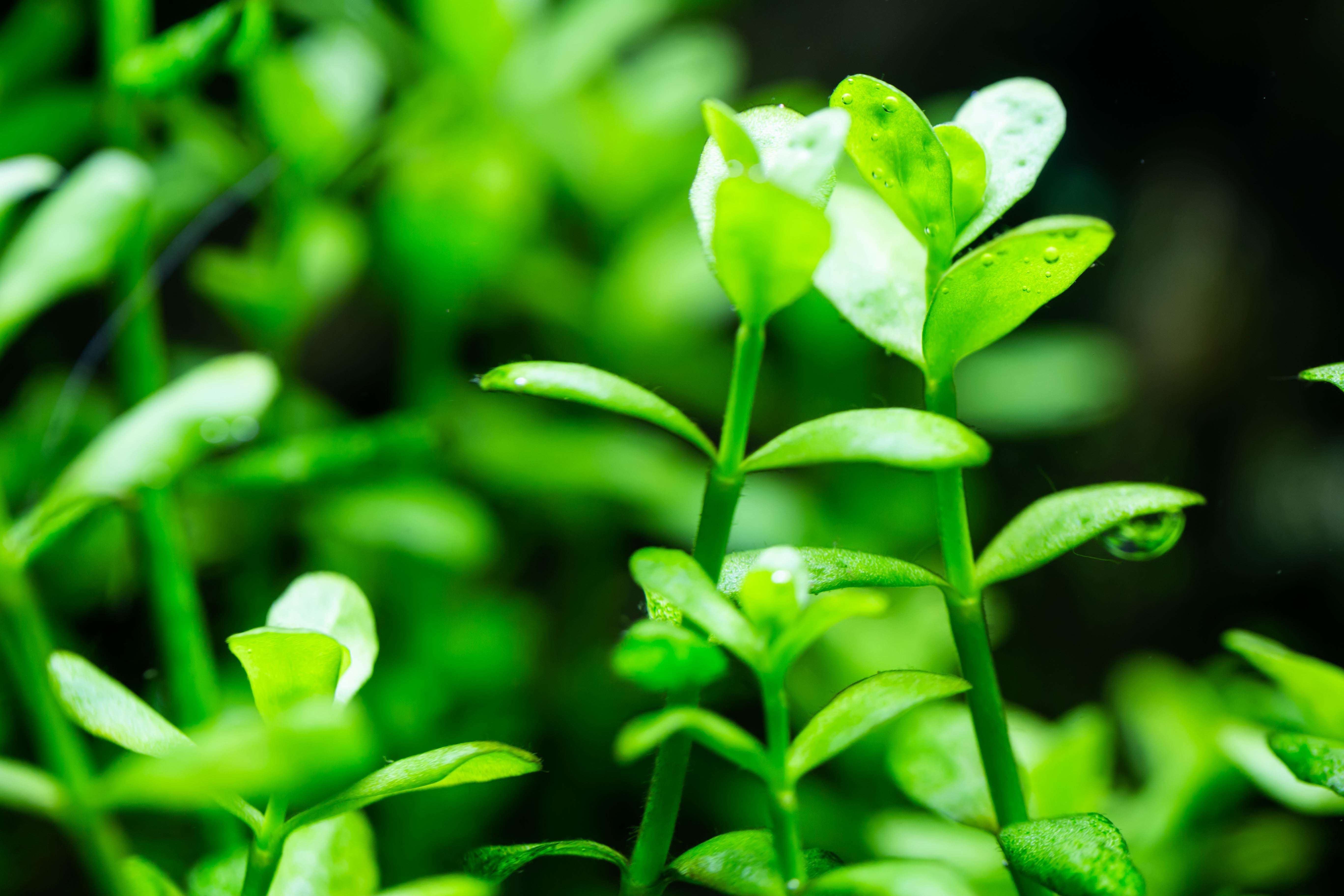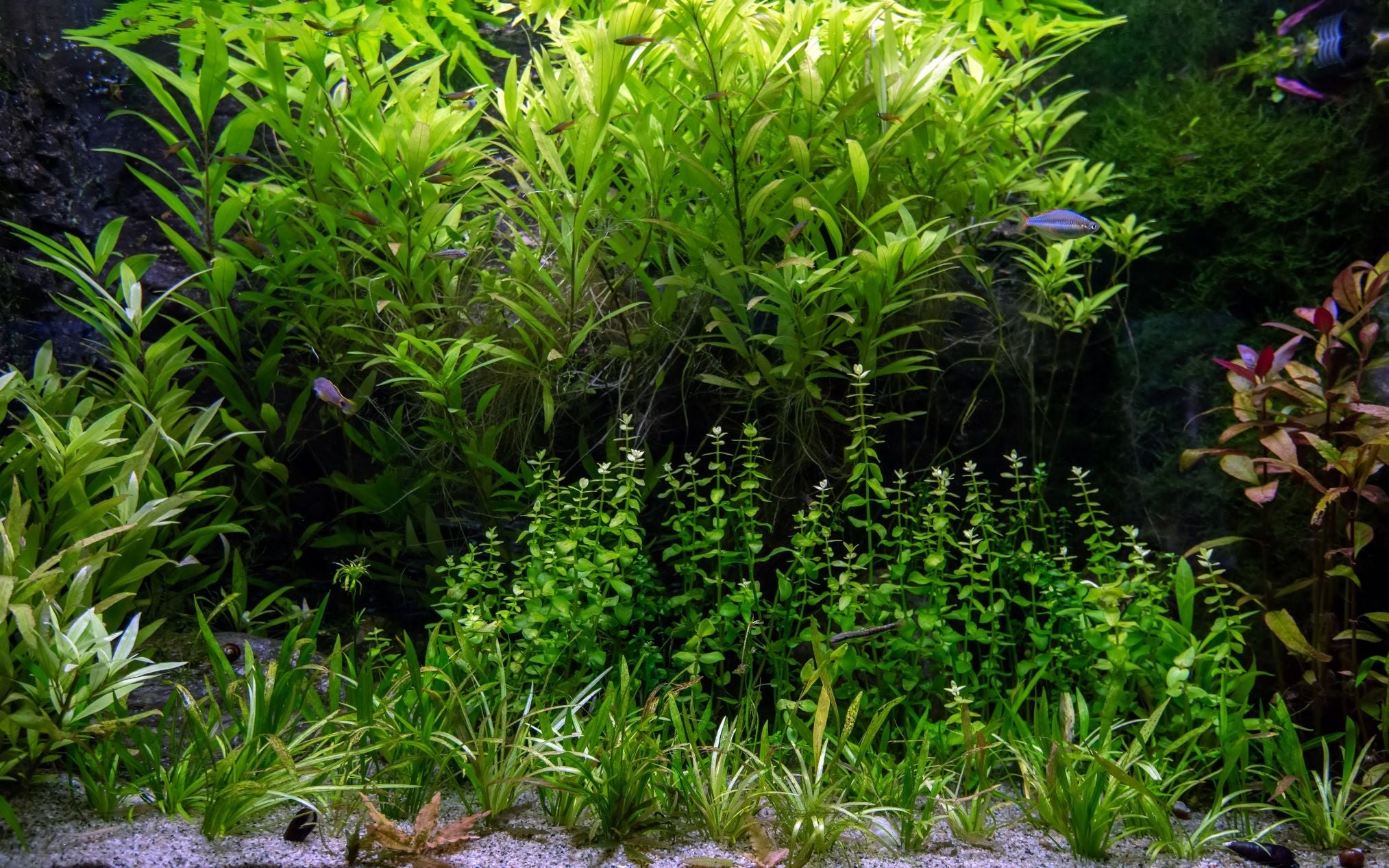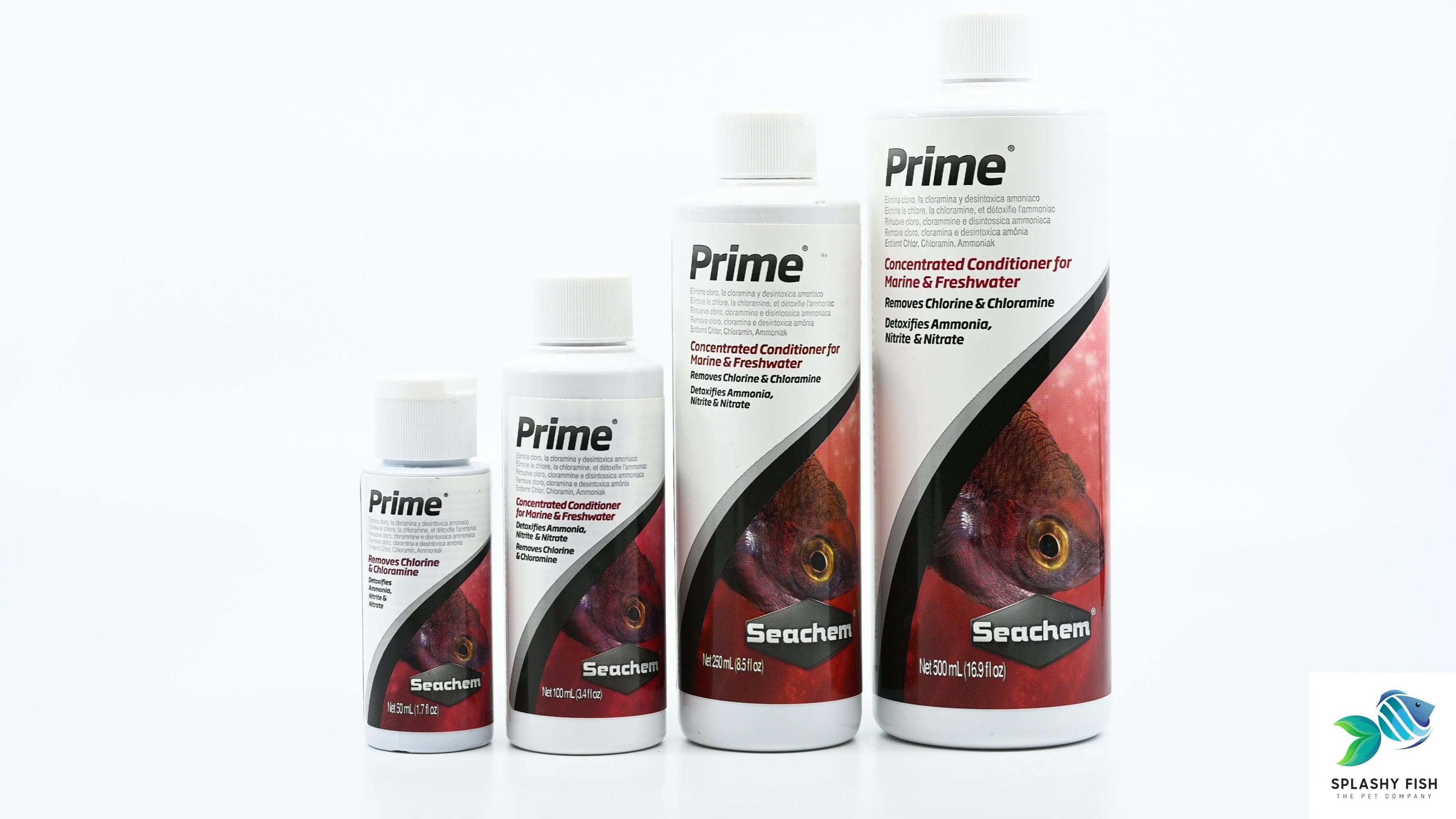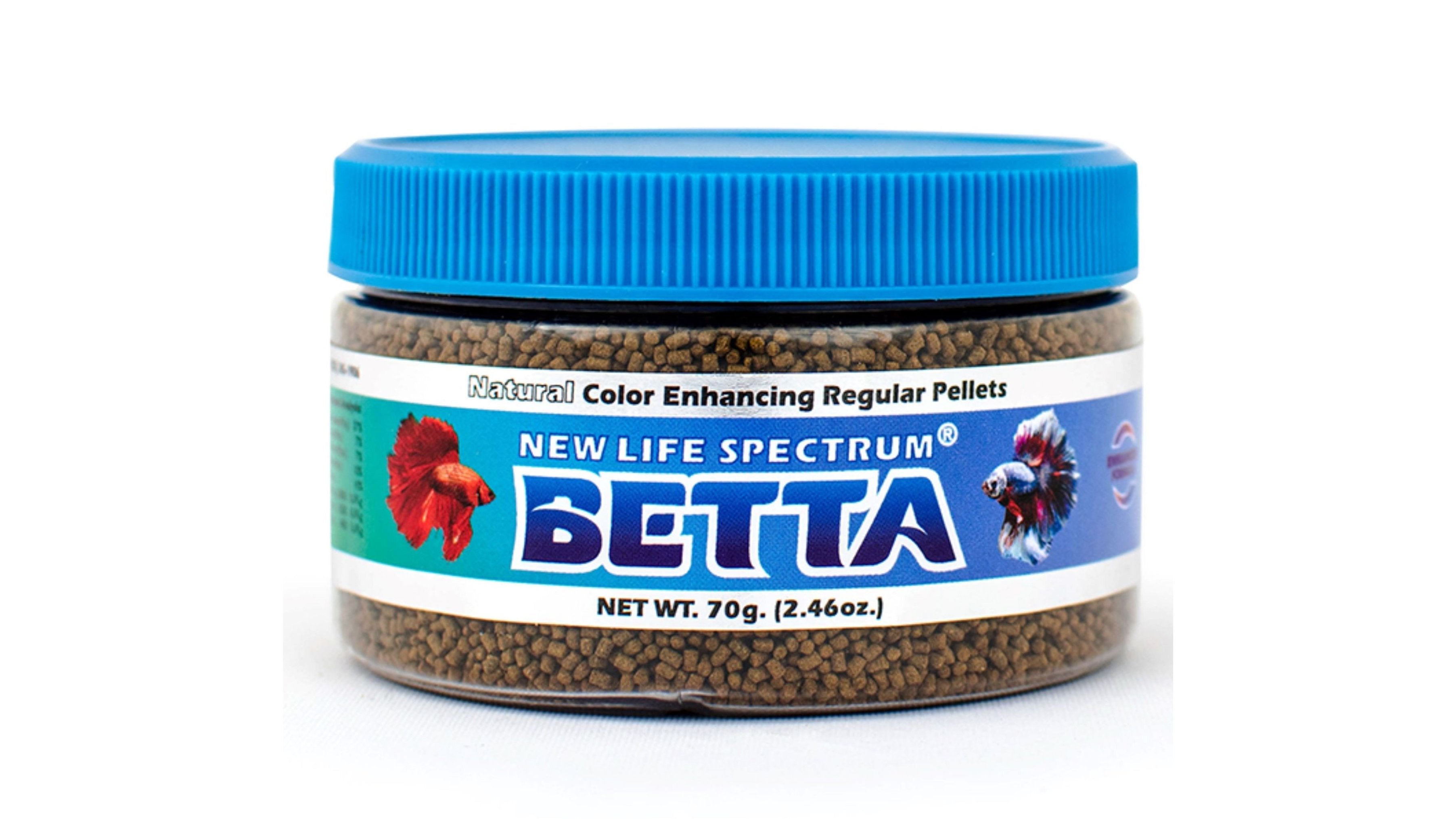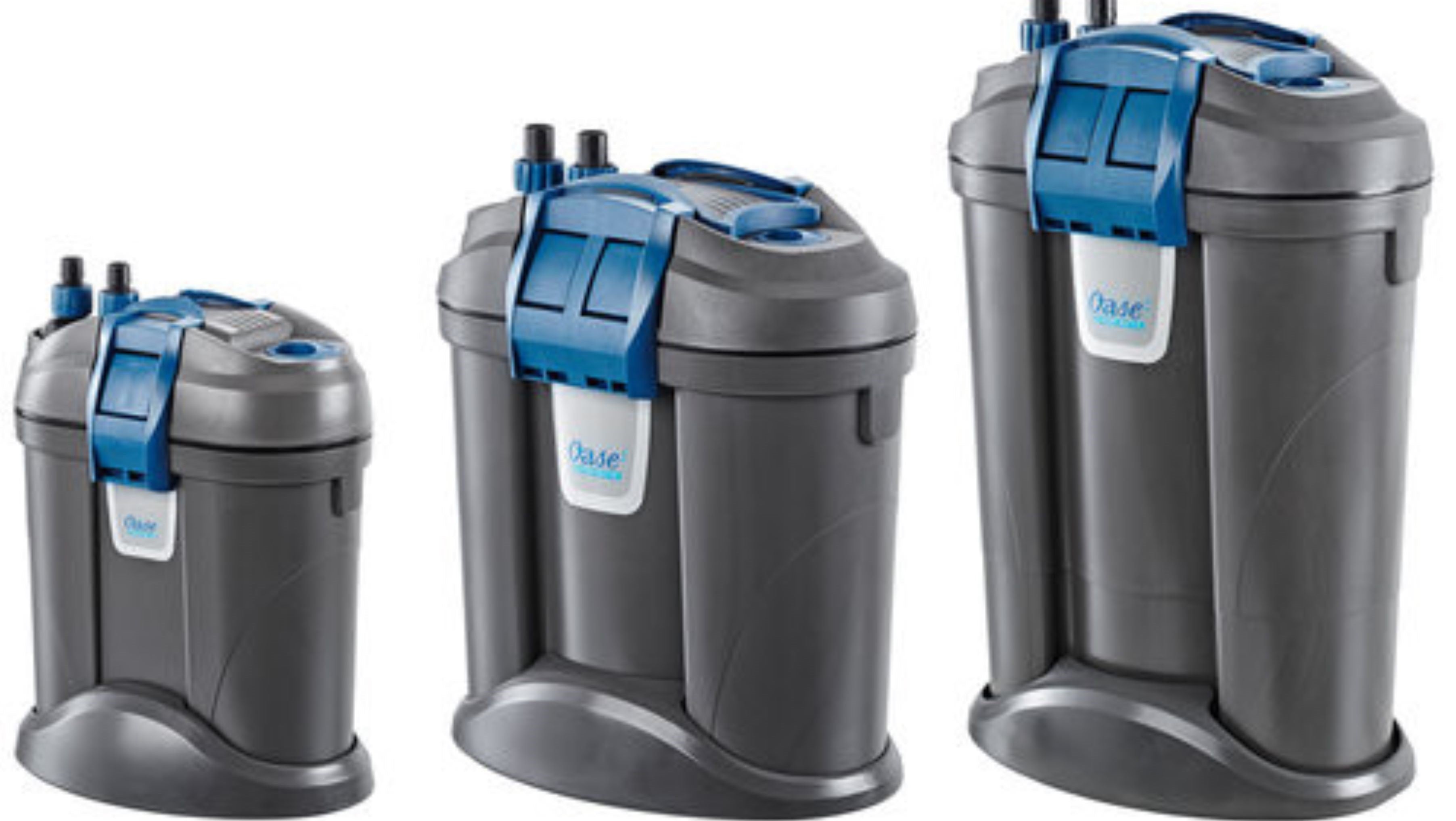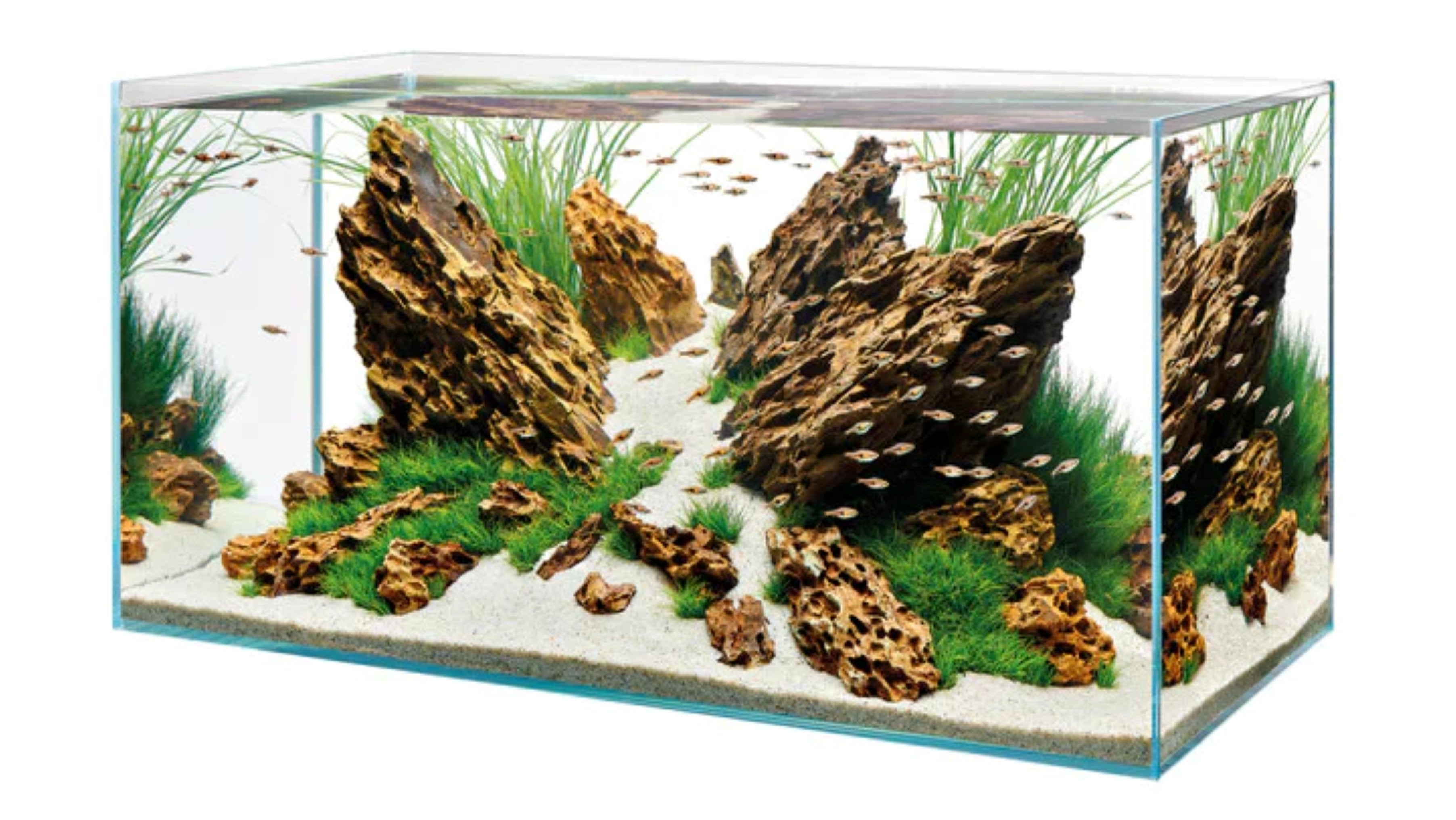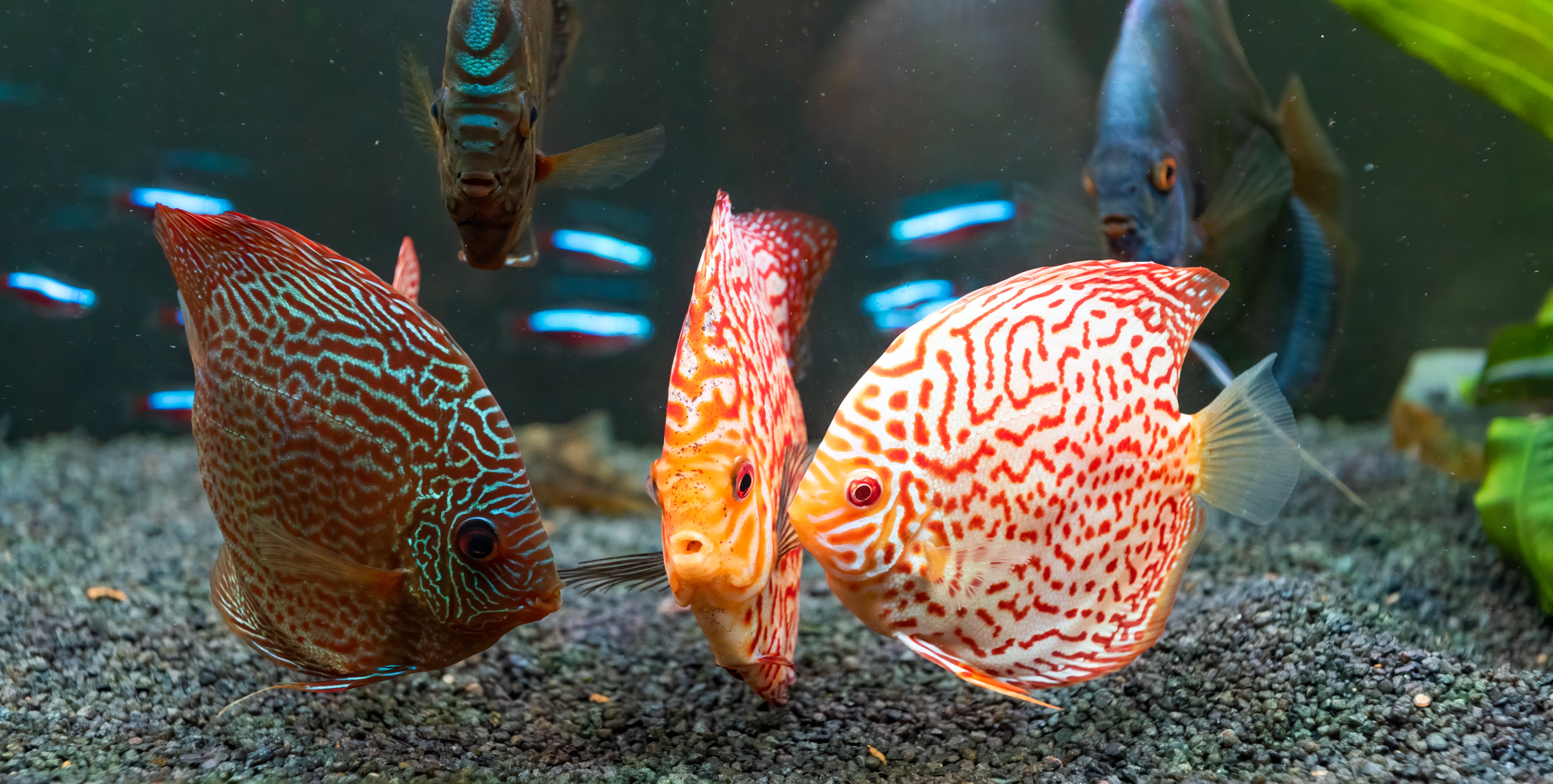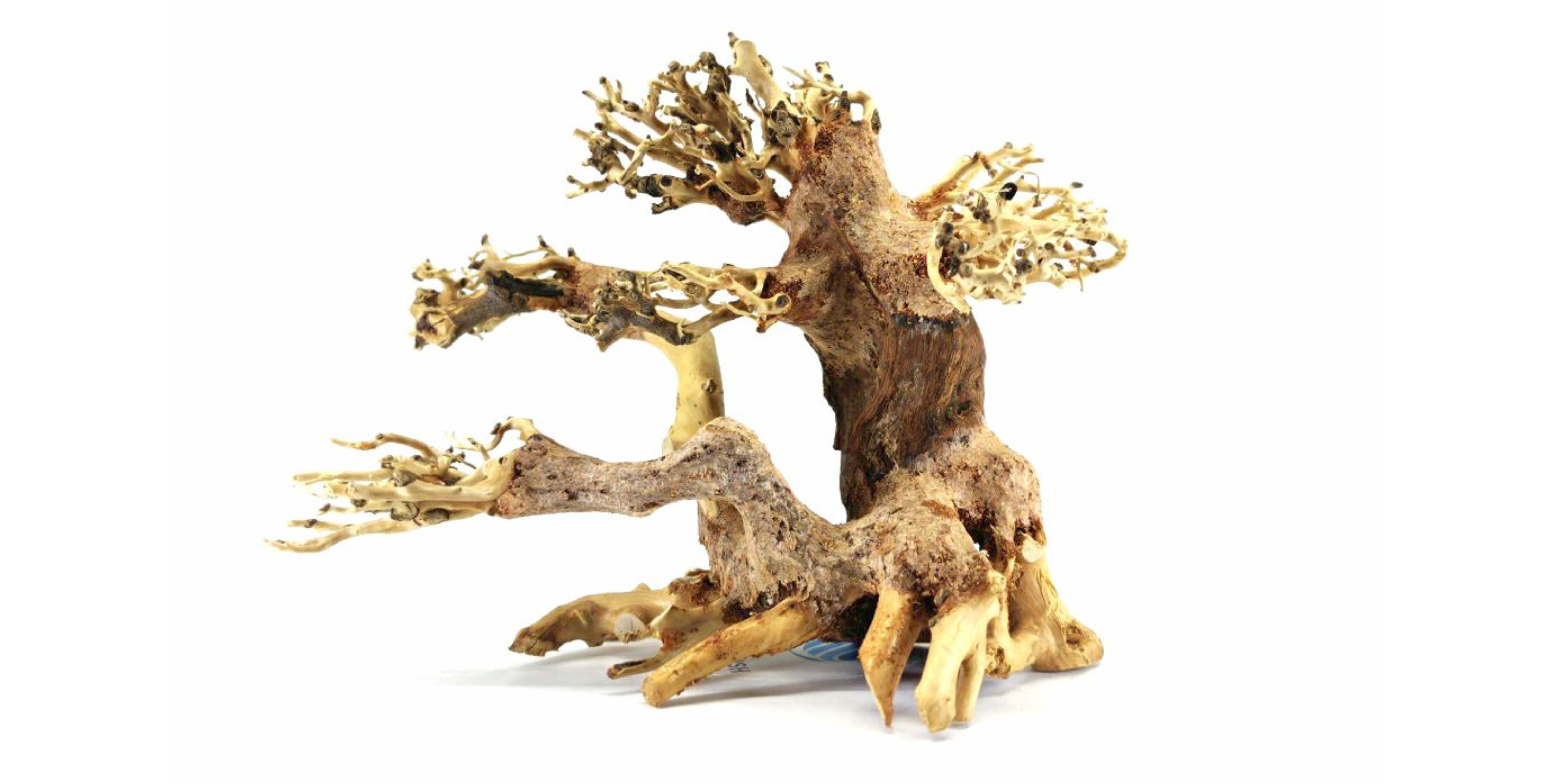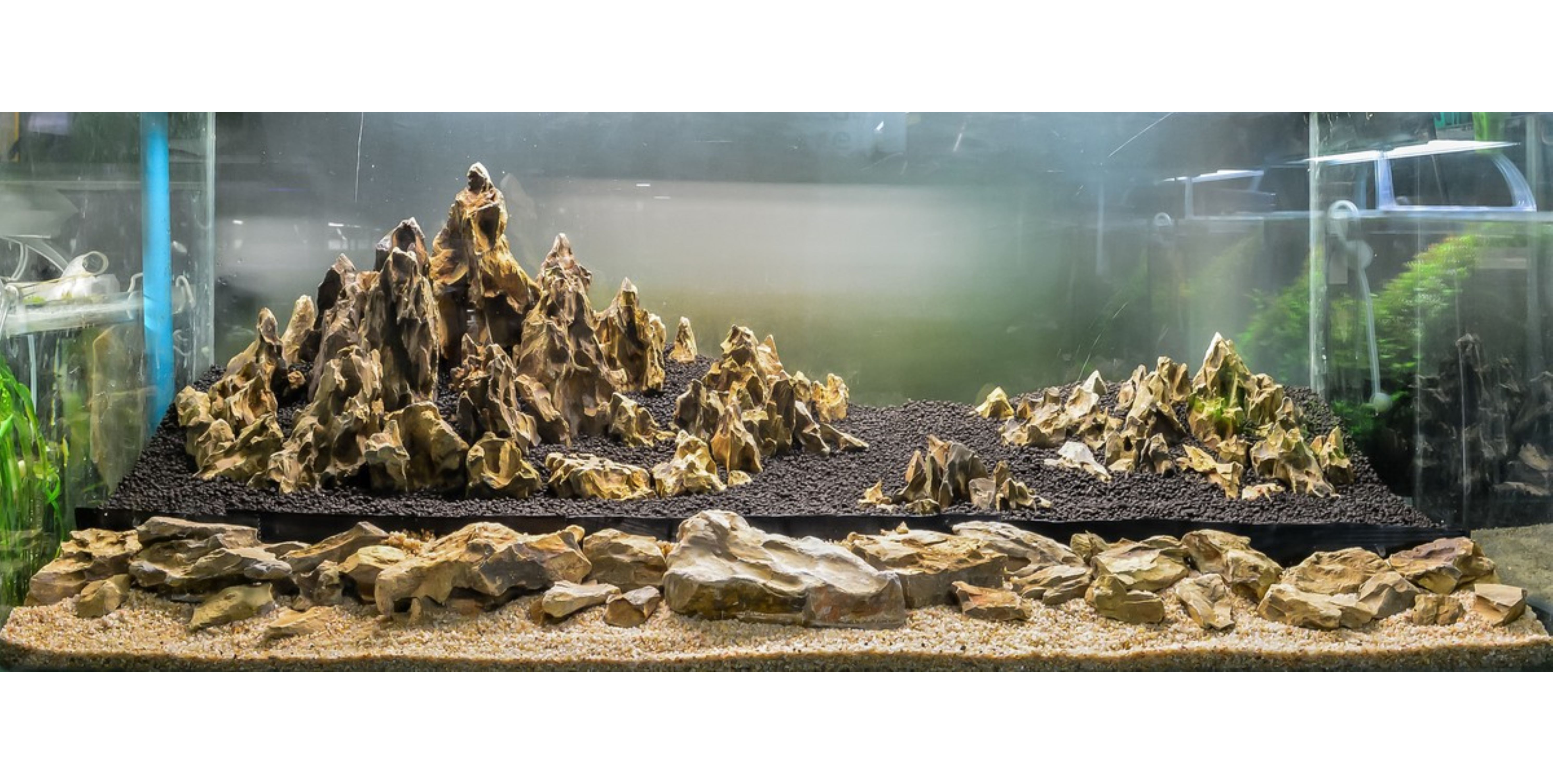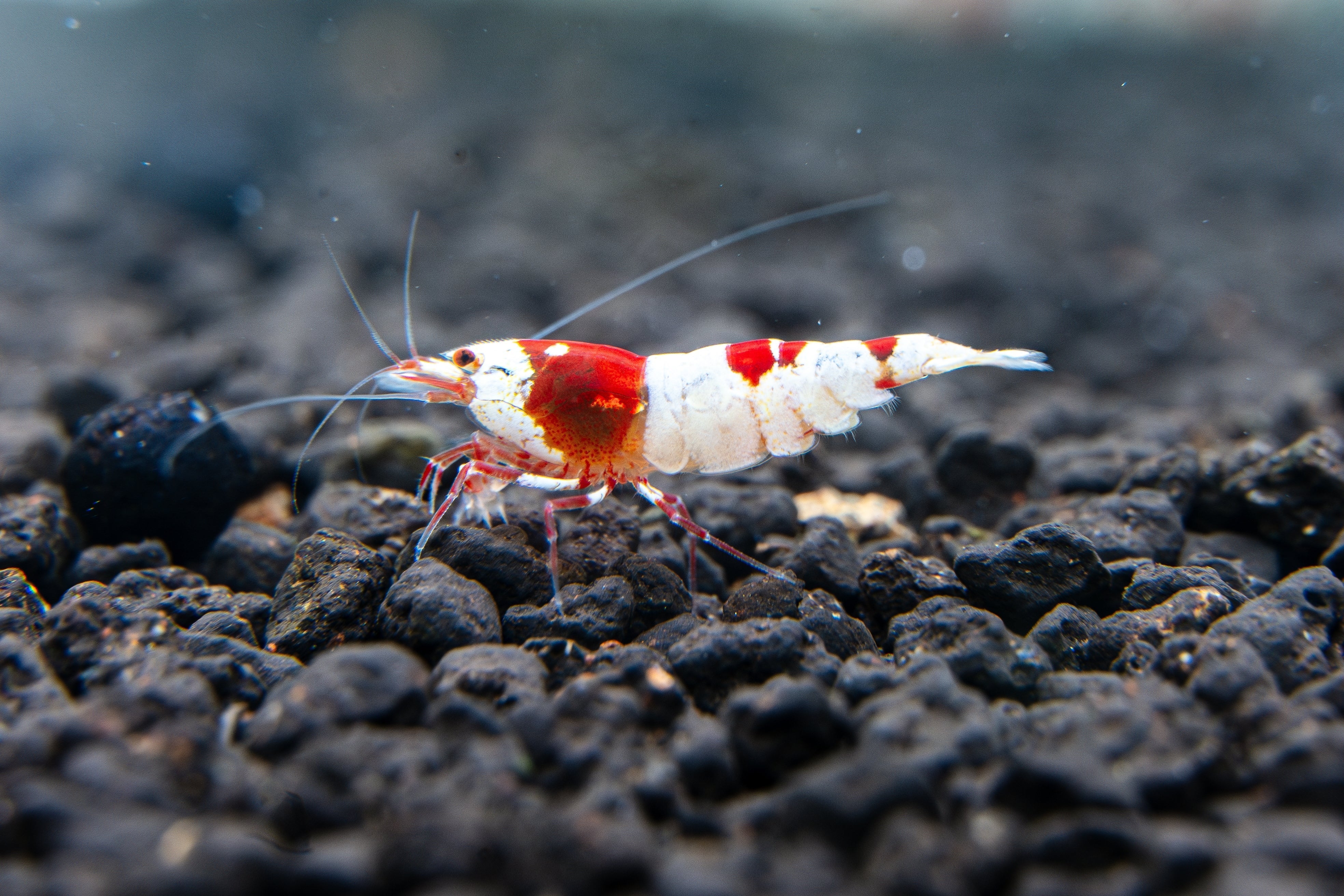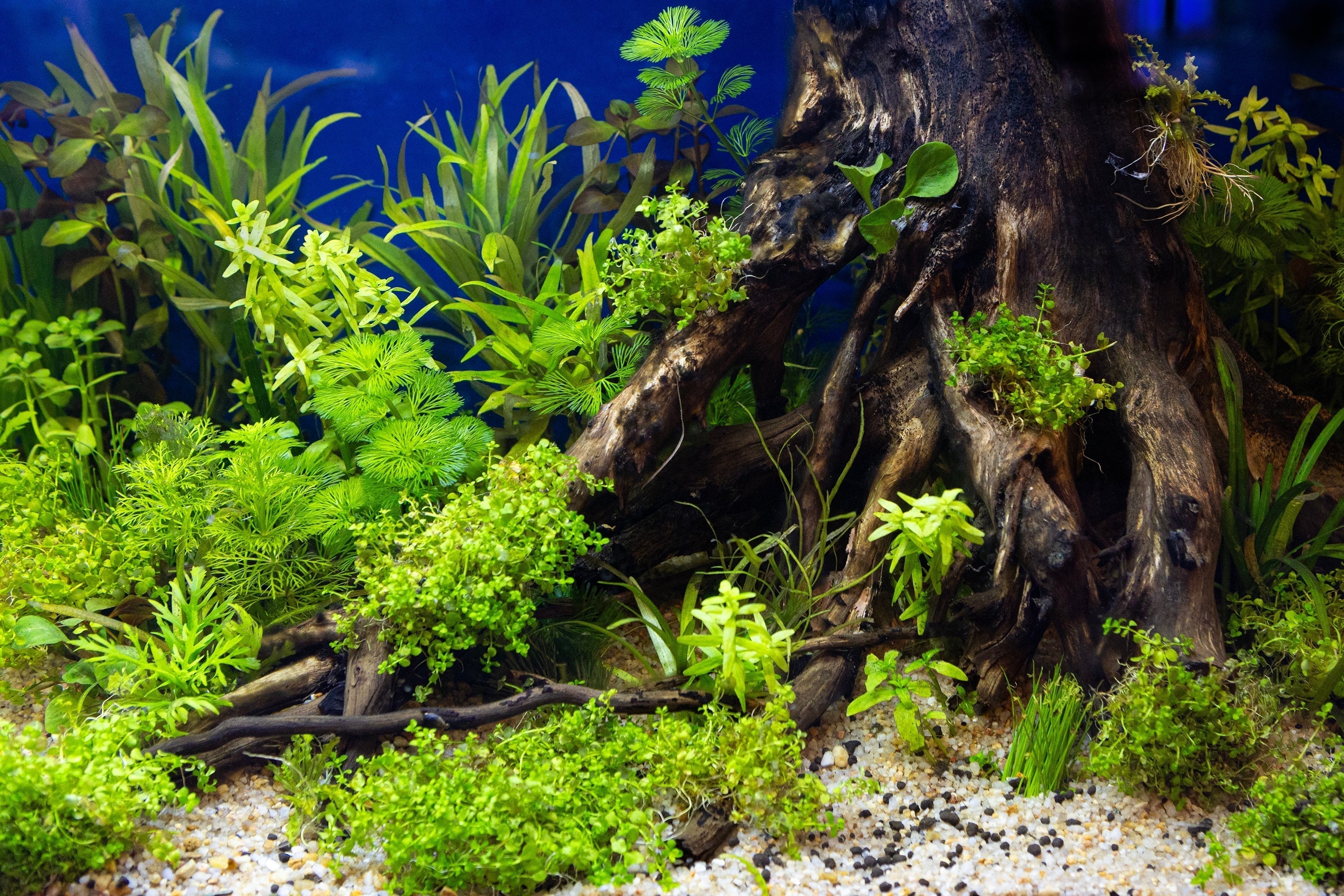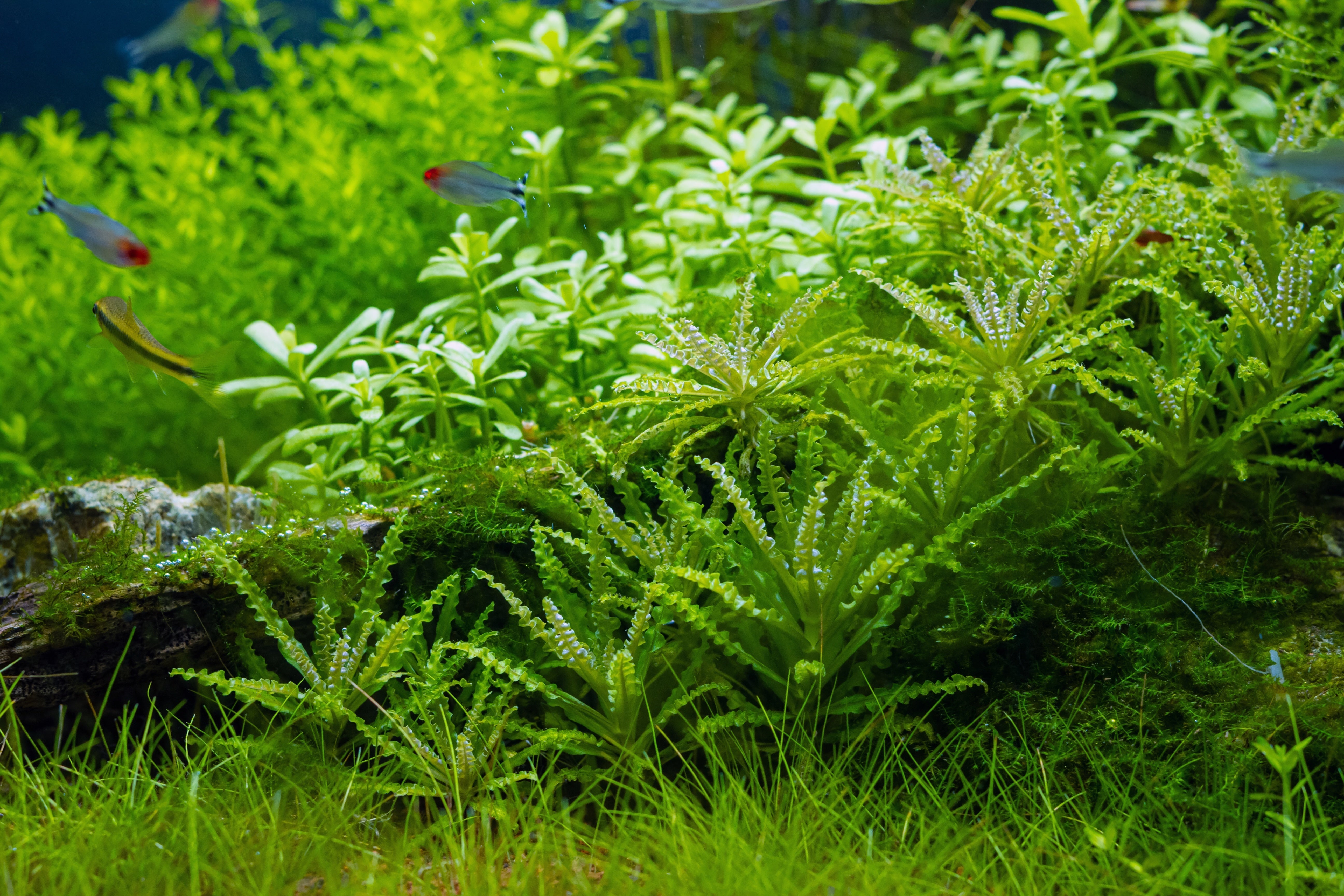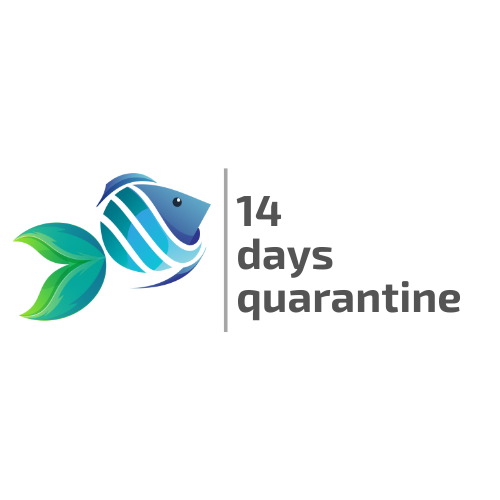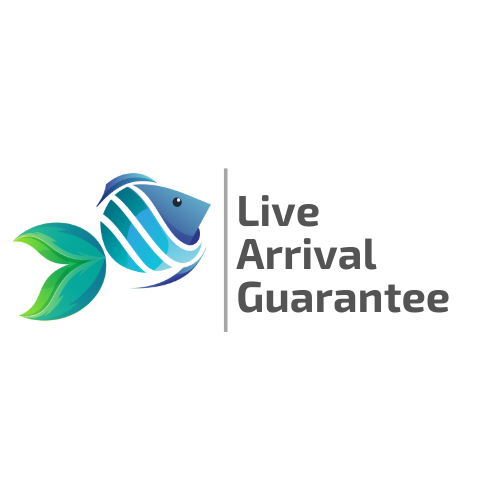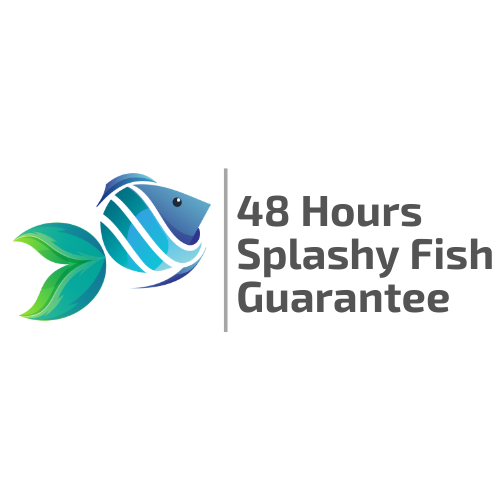Table of Contents
Creating a thriving aquarium filled with vibrant freshwater shrimp is an exciting challenge for any aquarist. However, the delicate art of acclimating these fascinating creatures requires more than just a splash of water and a pinch of patience. Freshwater shrimp are sensitive to changes in their environment, and getting the acclimation process right is vital for their health and longevity. In this article, we will reveal the essential tips and guide you through each step of acclimating your shrimp. Join us as we explore the best practices for incorporating these enchanting crustaceans into your aquarium, ensuring they thrive and bring life to your underwater paradise.
Why Should You Need to Acclimate New Freshwater Shrimp?
Freshwater shrimp, unlike many hardy freshwater fish, are very sensitive to sudden environmental changes. When you buy shrimp from a local fish store or breeder, they come in water with completely different parameters compared to your aquarium. If you simply release shrimp in a bag into your tank, the abrupt shift in pH, GH, KH, or temperature can overwhelm them. Here are the benefits of acclimate shrimp:
- Prevents Shock: Gradual acclimation avoids osmotic stress caused by rapid parameter changes.
- Higher Survival Rates: Acclimated shrimp adjust smoothly, reducing losses.
- Better Molting Success: Stable conditions help shrimp molt correctly and avoid molting issues.
- Boosts Long-Term Health: Shrimp introduced properly are less likely to develop stress-related illnesses.
Think of acclimation as helping your shrimp adjust slowly to a new home, ensuring a safe transition that supports long-term survival.

Step-by-Step to Safely Acclimate Freshwater Shrimp
Prepare Your Tank
Before your shrimp arrive, confirm your tank is cycled and stable. Shrimp are extremely sensitive to ammonia and nitrites. Levels should always be at 0 ppm, and nitrates should stay below 20 ppm.
- Tank Setup: Include Mosses, live plants, and hiding spots to make shrimp feel secure.
- Water Parameters: Research the shrimp species (e.g., Neocaridina vs Caridina) and match your pH, GH, KH, and TDS accordingly.
- Lid and Air Gap: Shrimp may crawl; keep a lid with ventilation.
Plan How You Receive the Shrimp
When shrimp arrive (whether shipped or bought locally), they’ll usually be in a sealed shrimp in a bag container.
- Temperature Equalization: Float the unopened bag in your tank for 20–30 minutes. This balances the temperature gradually.
- Reduce Stress: Dim aquarium lights and avoid loud vibrations around the tank.
Drip Acclimation Process
The drip acclimation method is the gold standard for shrimp. Here’s how to drip acclimate shrimp:
- Place the shrimp (in their bag of water) into a clean container.
- Use airline tubing to siphon water from your tank into the container. Adjust flow to 2–4 drops per second.
- Continue dripping until the volume in the container triples (usually 1.5–2 hours).
- Net the shrimp gently and place them in your tank. Never pour the bag water into your aquarium.
Settling In
After transfer, keep your tank lights dim for the first few hours. Shrimp will likely hide in plants or substrate until they feel safe.
How Long to Drip Acclimate Shrimp?
The ideal drip acclimation time is 1.5 to 2 hours. This period allows shrimp to gradually adjust to your tank’s chemistry.
- For sensitive Caridina shrimp (e.g., Crystal Red or Taiwan Bee): Extend acclimation to 2.5–3 hours.
- For hardy Neocaridina shrimp (e.g., Red Cherry shrimp): 1–2 hours is typically enough.
Rushing this process is one of the most common reasons shrimp die within days of introduction.
How to Acclimate Shrimp Without Drip
Not everyone can perform drip acclimation. Fortunately, you can still acclimate shrimp safely using the floating bag method:
- Float the shrimp bag in your tank for 20–30 minutes to equalize temperature.
- Open the bag and add ¼ cup of tank water every 5–10 minutes.
- Repeat for 45–60 minutes until the bag is mostly tank water.
- Gently net the shrimp and release them into the aquarium.
This method is quicker but less precise. If you’re keeping high-value shrimp, stick with drip acclimation.
Tips to Care for Freshwater Shrimp After Acclimation
Provide Stable Conditions
Shrimp thrive in consistency. Avoid sudden changes in temperature, pH, or GH. Invest in reliable heaters, water test kits, and remineralizers.
Feed Properly
Feed sparingly, as shrimp are natural grazers. A mix of shrimp pellets, blanched spinach, algae wafers, and biofilm ensures balanced nutrition. Overfeeding can foul the water and stress your shrimp.
Encourage Molting Success
Add calcium sources like cuttlebone or mineral blocks to support strong shells. Watch for incomplete molts, which can signal poor water conditions.
Observe Behavior
Healthy shrimp are active grazers. If they are motionless or hiding constantly, test the water immediately.
Visit here for more information on How to Care for Freshwater Shrimp.
Common Mistakes When Acclimating Shrimp
- Skipping Acclimation: Dropping shrimp directly into the tank causes shock.
- Pouring Bag Water into the Tank: This can introduce contaminants, parasites, or unstable parameters.
- Acclimating Too Fast: Adding too much tank water at once defeats the purpose.
- Neglecting Tank Preparation: A poorly cycled tank guarantees failure, no matter how well you acclimate.
Conclusion
So, do you need to acclimate new freshwater shrimp? Absolutely. Whether you choose drip acclimation or a simpler bag method, taking the time to help shrimp adjust ensures healthier, more vibrant, and longer-lived shrimp.
By preparing your tank, carefully planning their arrival, and using proper acclimation techniques, you’ll set your shrimp up for success. Combine this with stable post-acclimation care, and you’ll enjoy a thriving shrimp colony that brings endless beauty and balance to your aquarium. At Splashy Fish tropical fish store, our freshwater shrimp for sale are quarantined for 14 days before shipping to ensure the best quality for customers. Visit our website to buy them online or at our aquarium store in Virginia for more freshwater fish for sale, freshwater snails for sale, aquarium plants for sale, and aquarium supplies.
Shrimp Acclimation Frequently Asked Questions (FAQs)
Can I put the freshwater shrimp in the tank without acclimation?
You can, but it’s very risky. Shrimp exposed to sudden changes in water chemistry often die within hours or days. Acclimation dramatically increases survival rates by letting shrimp adapt slowly.
How do I know if my shrimp acclimation was successful?
If acclimation is successful, shrimp will become active grazers within a few hours, exploring surfaces and feeding on biofilm. They should not appear lethargic, motionless, or attempt to escape the water. Healthy molting within the first week is also a good sign.
Should I quarantine new shrimp before adding them to my main tank?
Quarantining new shrimp for 2–4 weeks is highly recommended. It prevents the introduction of parasites, planaria, or unwanted hitchhikers into your main tank. During quarantine, observe their health, ensure successful molts, and acclimate them gradually to your water parameters.


